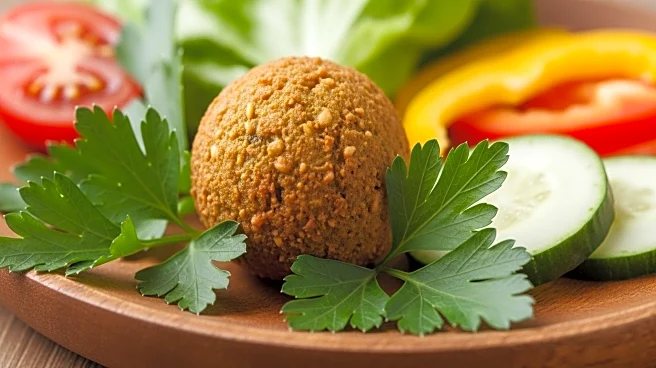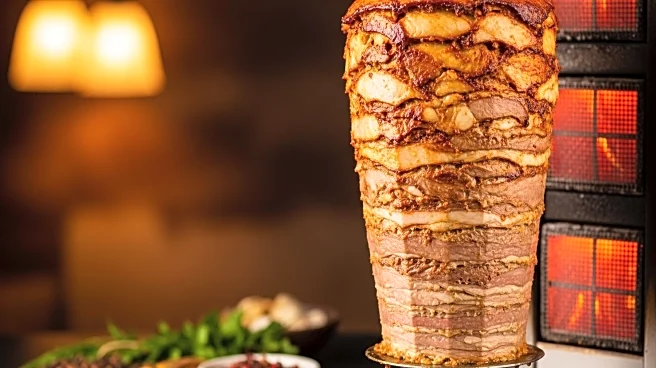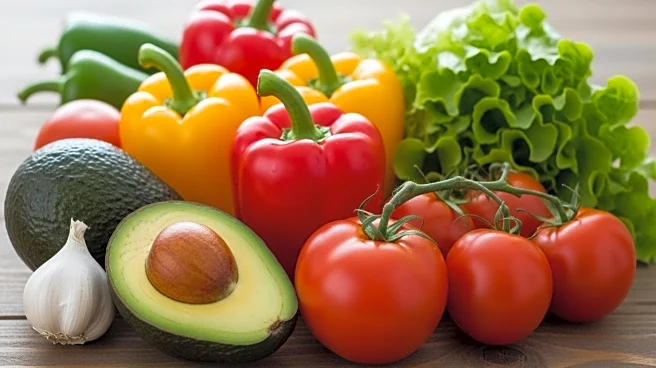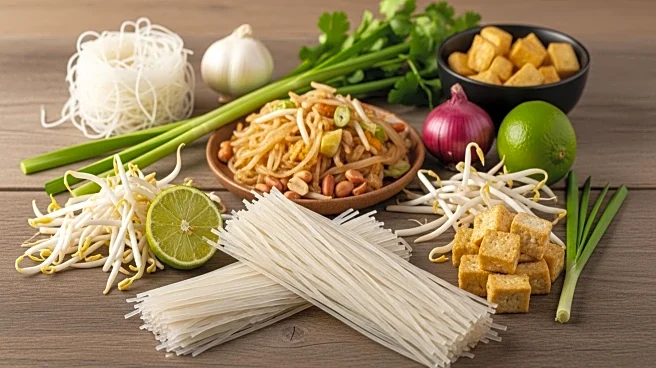Falafel is a beloved dish originating from the Middle East, known for its deep-fried balls or patties made from ground chickpeas or fava beans. This dish is a staple in Levantine cuisine and is enjoyed worldwide, particularly in pita bread with various toppings. Its cultural significance is profound, as it is a symbol of Middle Eastern culinary tradition.
Origins and Ingredients
Falafel is believed to have originated in Egypt, where it was made primarily with fava beans. Over time, the recipe spread across the Middle East, with chickpeas becoming a popular alternative ingredient. The mixture is typically seasoned with herbs and spices, such as cumin and coriander, before being shaped into balls or patties and deep-fried to a crispy perfection.
Signature Preparations
The preparation of falafel varies slightly depending on regional preferences. In some areas, the mixture is made entirely of chickpeas, while others prefer a combination of chickpeas and fava beans. The falafel is often served in pita bread, accompanied by salads, pickles, and tahini sauce, creating a flavorful and satisfying meal.
Regional Variations
While falafel is a common dish throughout the Middle East, each region has its unique take on the recipe. In Israel, falafel is considered a national dish and is often served with a variety of salads and sauces. In other Arab countries, the dish might be spicier or include different herbs, reflecting local tastes and culinary traditions.
Cultural Significance
Falafel holds a significant place in Middle Eastern culture, often associated with street food and casual dining. It is a dish that brings people together, transcending cultural and national boundaries. Despite its simple ingredients, falafel is a powerful symbol of Middle Eastern identity and culinary heritage.

 Discover Daily
Discover Daily 











